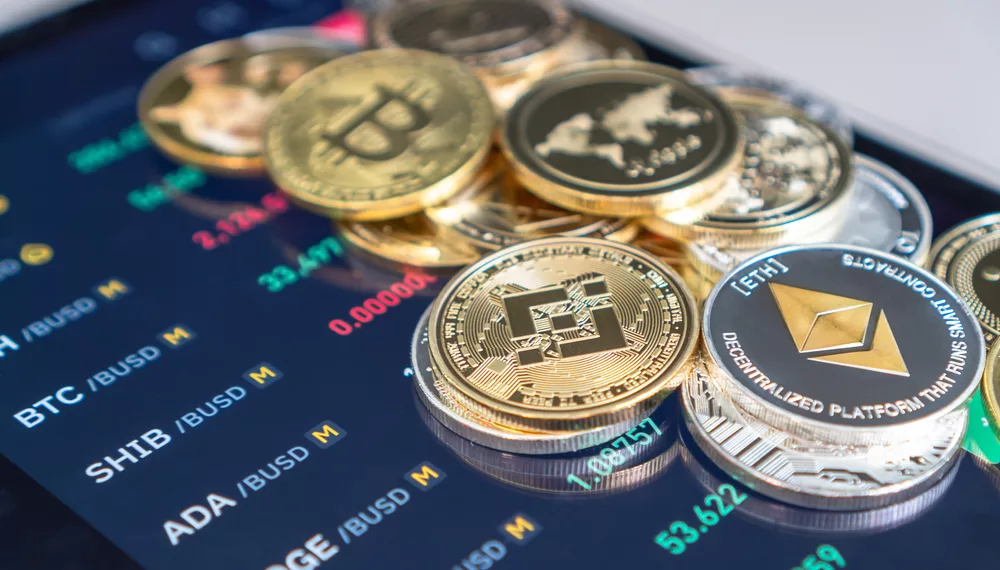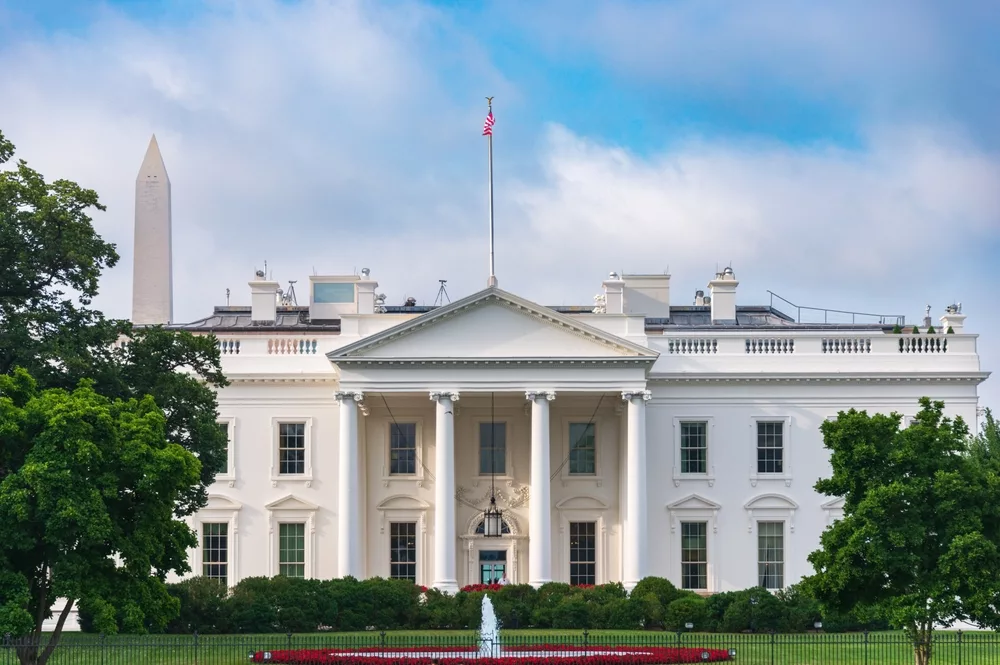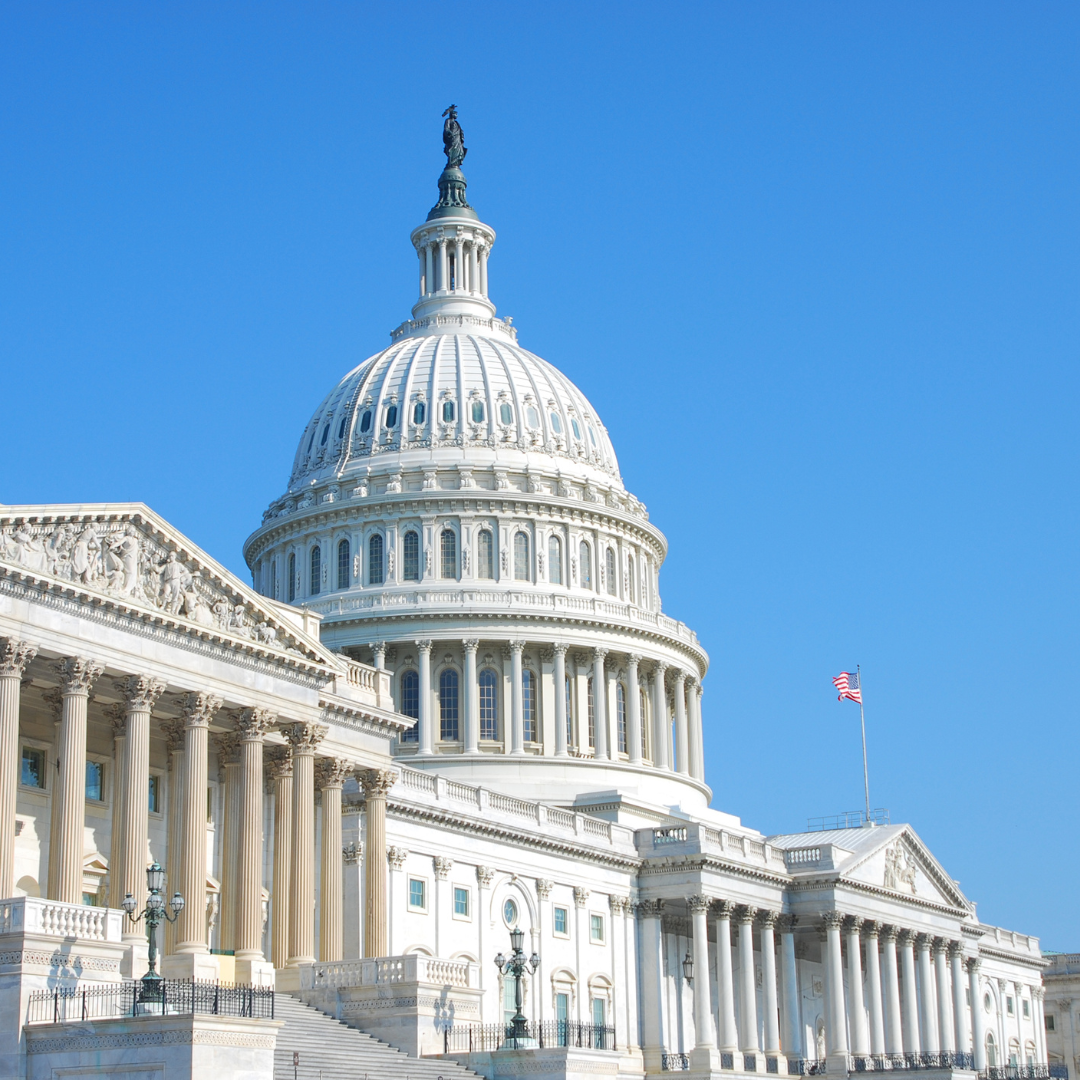
This article by Brian Armstrong has been edited and was first published on March 19, 2024, on Coinbase.
Summary
- Cryptocurrencies have many advantages and a growing number of real-world uses.
- Work is under way to update the financial system and expand the utility of crypto.
- The future of money is more open, free, efficient, and it’s powered by crypto.
What do ‘real people’ use crypto for?
Pundits frequently state that crypto doesn’t have real utility beyond speculation. Yet, more than 50 million Americans and 400 million people globally have purchased crypto. So, what are all these people doing with it?
The average person may not understand the nuances of quantitative easing and federal budget deficits, but they notice rising prices of gas, food, and education, and they increasingly have a sense that something is amiss in our economy. In fact, 87% of Americans feel the current financial system needs an update. More than one-half of younger Americans use the system only sometimes or not at all.
This brings us to what’s arguably the most important use case for cryptocurrency. Inflation harms the poorest people in society the most. Bitcoin is hard money with a fixed supply and as such, offers a solution.
For the last five or so years, the crypto industry has been hard at work building the infrastructure to update our financial system and expand the utility of crypto. The use cases are no longer future promises; they are here today.
The most popular crypto use cases
- Digitizing the dollar. Despite high demand for the dollar in many regions around the world, many people can’t open USD bank accounts, until the adoption of dollar-backed stablecoins (where the value of the digital asset is pegged to a reference asset, like the fiat), which now exceeds $100 billion. A digital dollar, like USDC, is essential for our global competition with China, which began investing in a digital Yuan in 2019.
- Fast, cheap, global payments. Merchants still lose about 2% on every credit card transaction, wire transfers cost $30, and many transactions in the US still take days to clear. As blockchains have scaled up using Layer 2 solutions, you can now send USDC in one second, anywhere in the world, for about one cent. Transactions of dollar-backed stablecoins are approaching $9 trillion in annual volume (more than Mastercard, American Express, and Discover combined).
- A business model for creatives. NFTs have reached more than $62 billion in all time sales, and are allowing artists to create direct relationships with their fans, cutting out the middlemen. Whether for music, games, visual art, or video, crypto helps establish digital provenance to ensure artists get paid.
- Decentralized social media. While still early, decentralized social (or DeSo) ensures you own our own data, instead of it being controlled by big tech, and you can never be censored. Each post is digitally signed, proving who the original author is, to help combat fake content made possible with AI. Anyone can build a front-end interface, using the same shared data set of all social media posts.
Outlook – crypto is the future of money
Crypto isn’t just a new asset class – it’s the future of money. Today’s system is clogged with middlemen, high fees, delays, and other inefficiencies that make the system hard to access and unfair.
The future of money is more open, free, efficient, and it’s powered by crypto. Crypto is the most important technology we have to update our global financial system, and it can move America forward. In fact, it’s critical to ensuring the dollar’s future status as a reserve currency, and America’s status as a technology and financial hub.
A version of this article originally appeared on Coinbase.

























